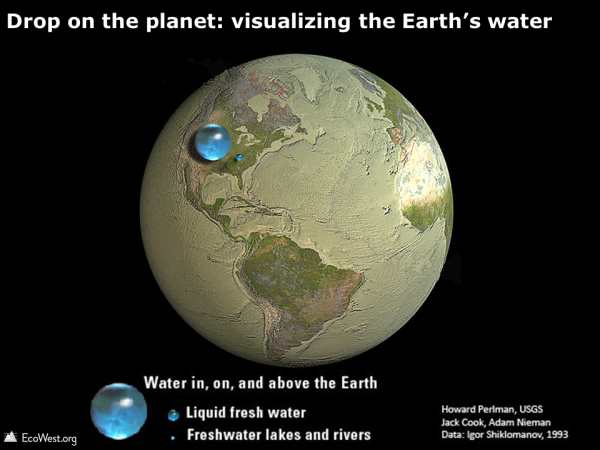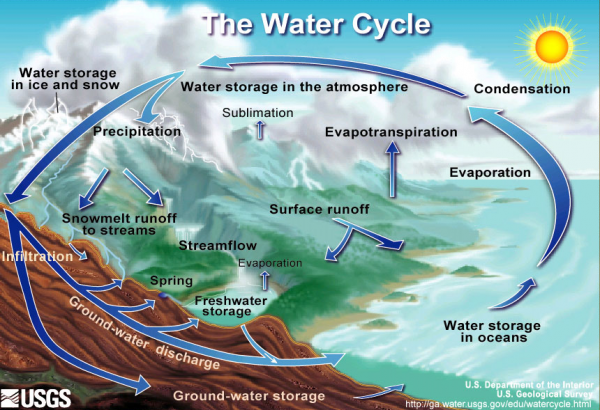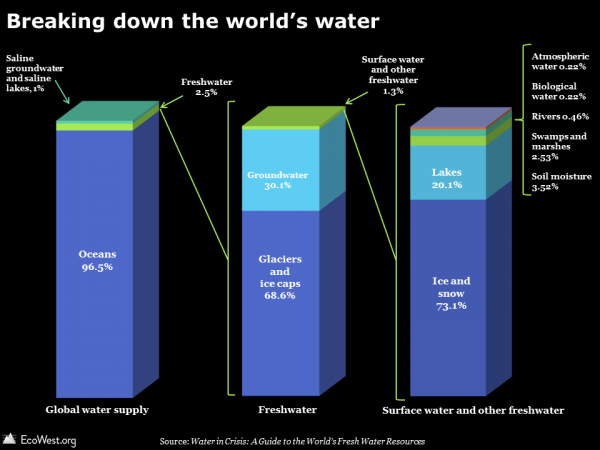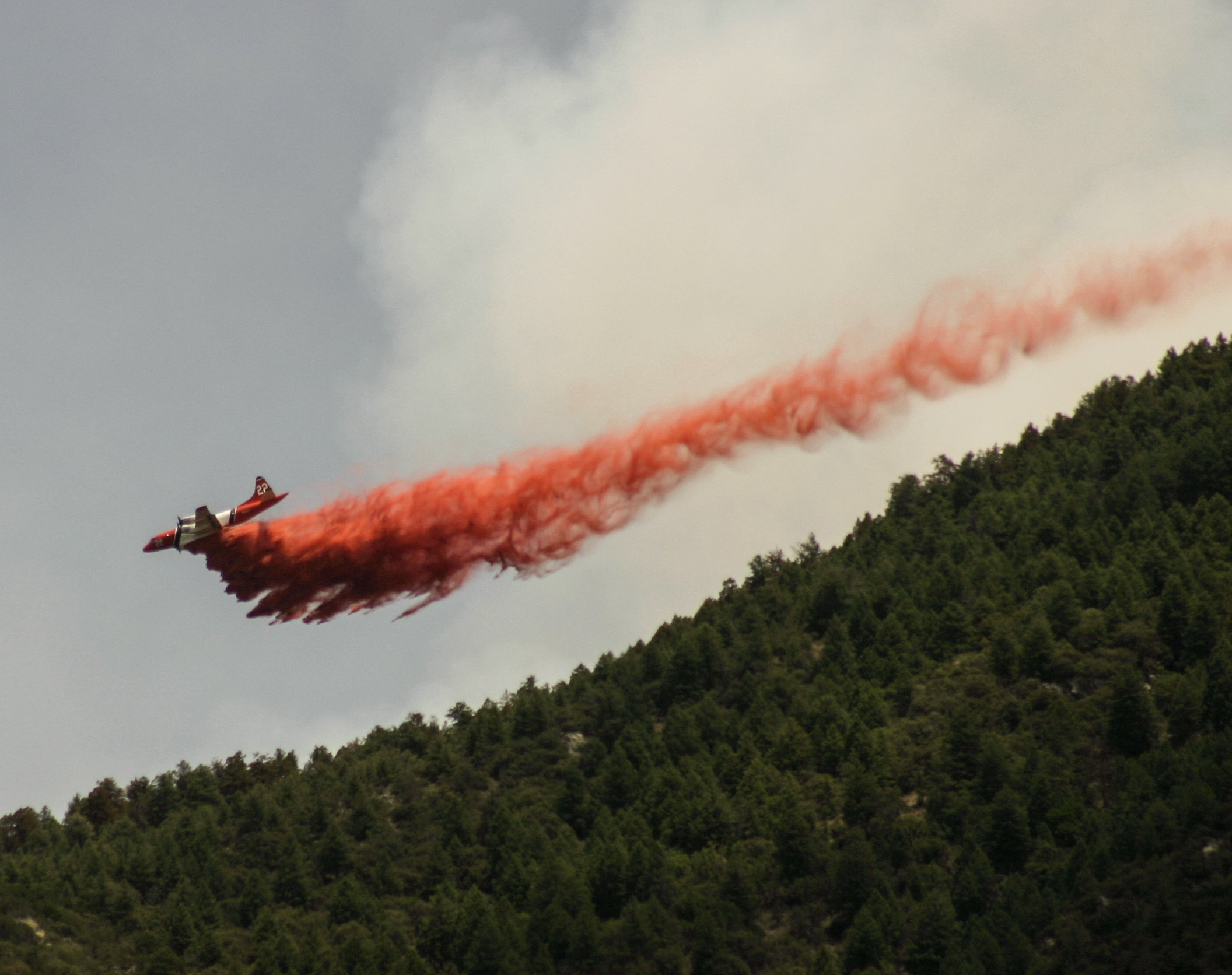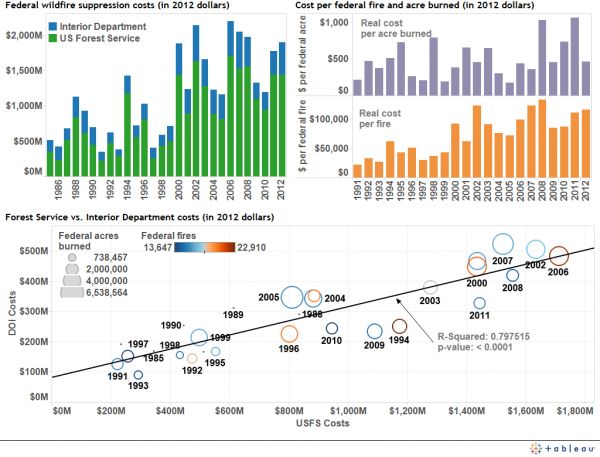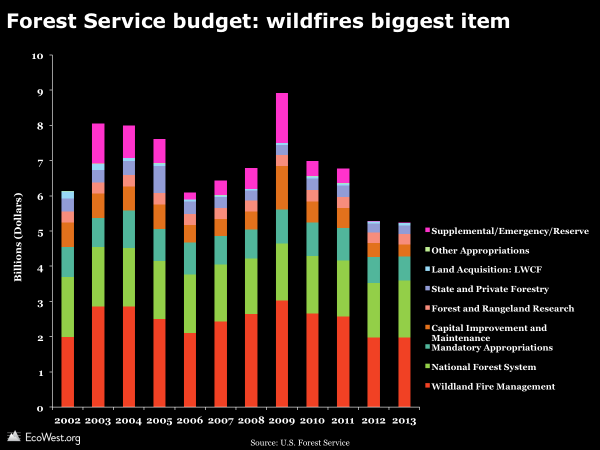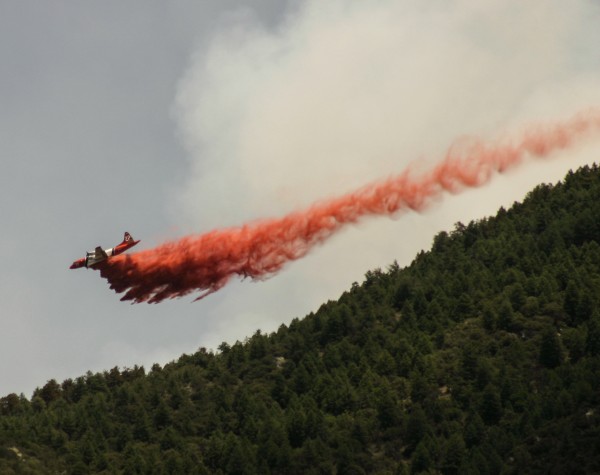 I was in Austin last week, speaking at the annual SXSW Eco conference, so I wanted to share my presentation and a lesson or two I learned about PowerPoint.
I was in Austin last week, speaking at the annual SXSW Eco conference, so I wanted to share my presentation and a lesson or two I learned about PowerPoint.
The presenter’s job is becoming even more difficult in a harried era of micro attention spans. With audience members carrying multiple Internet-enabled devices at all times, there’s a lot of competing stimuli in the room. At the same time, all of this wonderful technology and gadgetry has made it easier than ever to create beautiful and informative slides, maps, graphics, and other data visualizations. It’s a PowerPoint paradox.
My talk provided an overview of the American West and two of its key environmental issues: the expanding human footprint and the questionable water supplies. You can download the PowerPoint at the bottom of the post, or watch a narrated video in this embed:
EcoWest SXSW Eco Presentation from EcoWest on Vimeo.
The SXSW Eco event is a green spin-off of the popular SXSW music, film, and interactive festivals. I felt a little lost at times because speakers were covering such a dizzying array of topics: tracking African elephants with cell phones, making American water use more sustainable, reforming Austin’s electric utility, promoting eco-friendly detergents. If there was a unifying theme, it seemed to be using technology and innovation to tackle environmental problems.
At the meeting, I had an epiphany about communications and PowerPoint. Many of the speakers were great, but I was surprised by how many audience members (including me) had their heads buried in their phones, laptops, and tablets during presentations. I suppose some people were live-tweeting or taking notes, but many appeared to be seeking novelty on social networks or working feverishly on something unrelated to the speaker. During the session breaks at the Austin Convention Center, many people’s idea of networking was logging onto the free Wi-Fi network and once again looking into a screen.

My takeaway is that attention spans continue to shrink, especially among younger and tech-savvy audiences, so if you don’t have something super interesting to show or say, people will quickly tune you out and get back online.
The deck below contains 52 slides, which may seem like a lot for a 15-minute session, but I was able to get through them all. Do the math and it’s 17 seconds per slide. Now, I did grow up in New York, so no one has ever accused me of speaking with a drawl, but a good chunk of my presentation consists of photos that don’t need more than 15 seconds and animation “builds” in which I rapidly add new layers onto a map.
I’m no PowerPoint guru or master presenter, but nowadays if you want to use a screen in your talk, you almost have to show lots of slides in rapid succession to replicate surfing the web or scrolling a social media feed. If you put a slide up on your screen for more than a minute, many in the audience will get antsy and think about checking one of their own screens.
I’d love to hear readers’ thoughts and advice about presenting to today’s hyper-connected, multitasking audiences.
Downloads
- Download Slides: EcoWest SXSW Eco (5125 downloads )
- Download Notes: EcoWest SXSW Eco (5044 downloads )
EcoWest’s mission is to analyze, visualize, and share data on environmental trends in the North American West. Please subscribe to our RSS feed, opt-in for email updates, follow us on Twitter, or like us on Facebook.


